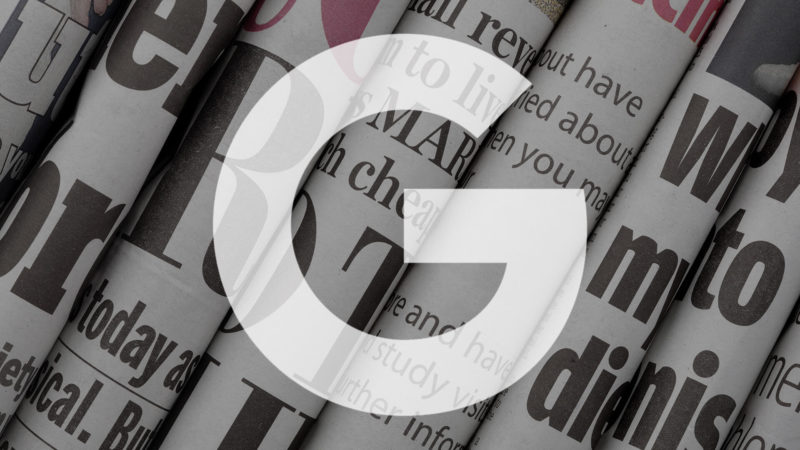Google: First Click Free is over, being replaced by Flexible Sampling
Google is rolling out a suite of tools to help news publishers drive more subscription revenue.
Most online news publications are not able to support themselves with advertising these days. For this reason, among others, Google is yielding to publisher requests and replacing its much-debated “First Click Free” program with what it calls “Flexible Sampling.”
Content and news publishers will now control whether and how many articles they want to let searchers access before showing a paywall or subscription prompt. The company is also working on an array of other tools to help boost publisher subscriptions.
End of First Click Free
Google’s VP for news, Richard Gingras, told me last week that the company has been collaborating with publishers and testing the new approach with The New York Times and Financial Times specifically. But despite allowing publishers greater flexibility, Google is still recommending (but not enforcing) that publishers make some content available for free in search results:
Based on our investigations, we have created detailed best practices for implementing flexible sampling. There are two types of sampling we advise: metering, which provides users with a quota of free articles to consume, after which paywalls will start appearing; and lead-in, which offers a portion of an article’s content without it being shown in full.
Publishers will not be required to provide free content to be indexed. Gingras said that Google will be crawling full articles behind the wall for indexing but that publisher decisions about how much content to sample to search users will not impact rankings in any way.
Subscription optimization
Gingras said Google is going to use ad-targeting tactics to identify which audiences are most likely to subscribe. He said that publishers would need to share their audience profiles, and Google would then seek out lookalike audiences to maximize subscriber signups.
He added that different offers and content might be shown to different audiences based on a “propensity to pay” or subscribe. Google will be using its machine learning and other capabilities to find the right audiences, based on publisher data. Publishers will be able to adjust the presentation of content and offers according to different sub-segments or profiles.
Subscription optimization won’t become available until next year, however. When I asked if this was going to be a formal ad product — given that it uses ad targeting technology and approaches — Gingras said that it might become one, but that Google was right now “just trying to understand costs and value delivered.”
Removing purchase friction
Google also wants to make it much easier for users to subscribe to publisher content. Gingras cited improved checkout and purchase flows and one-click payments as Google aspirations for publishers. “We’d like to get the purchase process down to one click.”
The company is building a standard or template-based checkout flow that will be available to publishers at their discretion. Publishers will be free to ignore it, adopt it or modify it.
Gingras told me that where the user is a Google account holder, the company can prepopulate multiple fields and accelerate checkout. And in cases where there’s a payment card on file with Google, it can enable one-click subscriptions. In real time, the publisher will query Google to determine what category the user falls into and deliver the right experience accordingly.
This attention to improving the checkout experience is especially important on mobile. Pew Research Center data show that 85 percent of US adults access news on mobile devices.
Gingras said that Google wasn’t going to take fees or a revenue share for transactions it delivers or facilitates. He asserted that the company doesn’t want to own the user and that all data would be turned over to publishers.
Showing pubs you subscribe to
Gingras concluded by teasing that Google will more prominently expose content from publications users already subscribe to, which will be given a one-box like treatment above the fold or at the top of the page. Organic results will not change or be impacted.
It may go something like this: if I already subscribe to The New York Times and perform a search on the Catalan independence referendum in Spain, the Times article will be prominently presented to me vs. other publications I don’t subscribe to, in a carousel or one-box.
Gingras also emphasized several times that Google is sincere about helping publishers generate more subscriber revenue and wants to be a supportive partner. News publishers have in years past been ambivalent or even antagonistic toward Google.
Not all of these programs are available right away. First Click Free is being replaced by flexible sampling immediately. But some of the other tools in Google’s new publisher-friendly toolkit won’t become available until next year.
Contributing authors are invited to create content for Search Engine Land and are chosen for their expertise and contribution to the search community. Our contributors work under the oversight of the editorial staff and contributions are checked for quality and relevance to our readers. The opinions they express are their own.
Related stories
New on Search Engine Land
